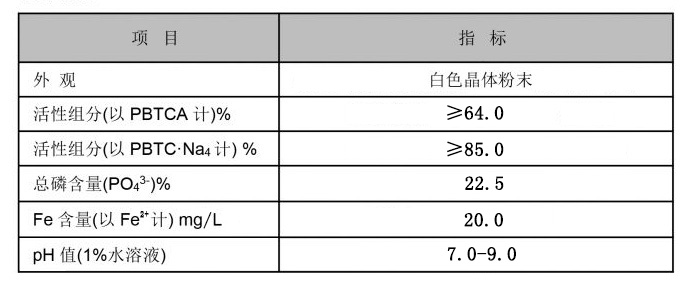Exploring the Benefits and Applications of Zinc HEDP in Various Industries and Technologies
The Role of Zinc HEDP in Modern Applications
Zinc HEDP, or Zinc Hydroxyethylidene Diphosphonate, is a compound that has garnered attention in various fields, particularly in water treatment, corrosion inhibition, and agriculture. This multifunctional chemical has proven to be an effective agent for improving the stability and longevity of systems where corrosion and scale formation can significantly impact performance.
Chemical Structure and Properties
Zinc HEDP is classified as a phosphonate, characterized by its two phosphonic acid groups and hydroxyethyl side chains. This unique structure allows it to effectively chelate metal ions and prevent scale formation by disrupting the crystallization processes that can occur in water systems. Due to its hydrophilic nature, Zinc HEDP is highly soluble in water, making it easily applicable in various aqueous environments.
Applications in Water Treatment
One of the primary applications of Zinc HEDP is in water treatment, particularly in cooling water systems and boiler systems. Its ability to inhibit scale formation is crucial in maintaining efficient heat transfer and preventing blockages that can lead to operational downtimes. Moreover, Zinc HEDP also provides corrosion inhibition, protecting metal surfaces from oxidizing agents in water.
When used in these systems, Zinc HEDP works by forming a protective layer on metal surfaces, thereby reducing the direct contact between metal and corrosive agents. This is particularly advantageous in industries where water quality and efficiency are critical, such as power generation, oil and gas, and manufacturing processes.
zn hedp 锌hedp

Agricultural Significance
Beyond water treatment, Zinc HEDP has applications in agriculture as well. It is recognized for its role as a nutrient supplement, providing essential zinc to crops. Zinc is a vital micronutrient that plays a significant role in crop growth, enzyme function, and overall plant health. However, zinc deficiency can result in reduced crop yields and impaired development.
Zinc HEDP's solubility makes it an effective delivery system for zinc to plants. When applied to soil or foliage, it allows for quick absorption, thereby addressing deficiencies and promoting healthier growth. The controlled release characteristics of Zinc HEDP also ensure that zinc nutrients remain available to plants over extended periods, reducing the frequency of applications and minimizing environmental impact.
Environmental Considerations
The use of Zinc HEDP aligns with the increasing focus on sustainable practices. In water treatment, its effectiveness in preventing the need for harsh chemicals reduces the overall chemical load in systems, leading to better environmental outcomes. In agriculture, employing Zinc HEDP can mitigate the risk of over-fertilization and its associated environmental challenges.
Conclusion
In summary, Zinc HEDP stands out as a versatile compound with significant implications in both industrial and agricultural contexts. Its ability to inhibit corrosion and scale formation in water systems, combined with its efficacy as a micronutrient deliverer in agriculture, highlights the compound's multifaceted utility. As industries continue to search for sustainable and effective solutions, Zinc HEDP emerges as a worthy contender that supports both efficiency and environmental stewardship. Moving forward, ongoing research will likely unveil even more applications and benefits of this promising compound, cementing its role in advancing modern technology and agriculture.
-
Understanding Polycarboxylic Acids: Properties, Applications, and Future PotentialNewsJul.28,2025
-
Scale Inhibitor Explained: How to Protect Your System from Limescale and Hard Water DamageNewsJul.28,2025
-
Scale and Corrosion Inhibitors: Essential Chemicals for Industrial Water System ProtectionNewsJul.28,2025
-
Polyaspartic Acid: A Biodegradable Polymer for Sustainable ChemistryNewsJul.28,2025
-
Isothiazolinones: A Versatile Antimicrobial Class with Industrial Power and Regulatory ChallengesNewsJul.28,2025
-
A Deep Dive into 2-Phosphonobutane-1,2,4-Tricarboxylic Acid (PBTC)NewsJul.28,2025





